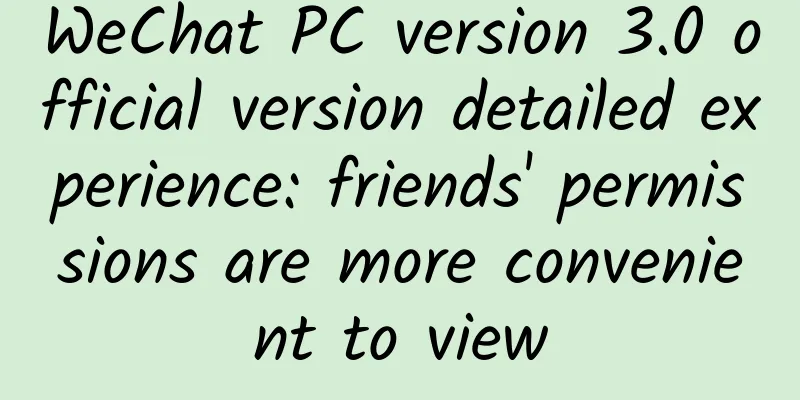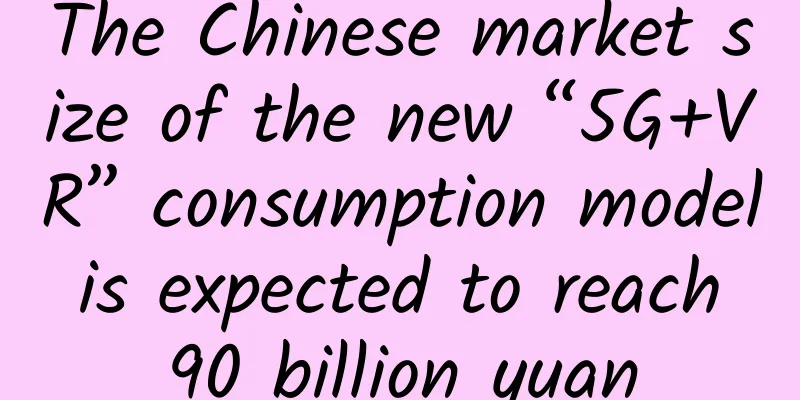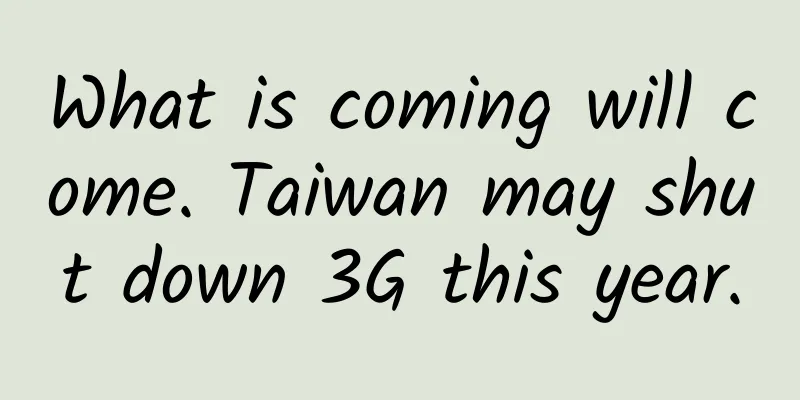230,000 new cases every day: How they are "used by 5G"

|
"Why are users required to activate 5G cards and apply for 5G packages even though they don't change to 5G mobile phones?" On June 10, Beijing Unicom user Li Ming (pseudonym) told reporters. In early February 2020, Li Ming applied for the "New Smart Wojia Family 5G Edition" package on Beijing Unicom's official website. The package combines 500M broadband service and 5G mobile service (a 5G SIM card). According to Li Ming, he did not plan to buy a 5G mobile phone, so he did not activate the 5G card in the package. However, Beijing Unicom stopped his broadband service on June 4. After four negotiations between him and Unicom customer service, the other party still insisted that the broadband service would only be restored if the user activated the 5G card.
The broadband service and 5G mobile service of this package are bundled, which Beijing Unicom has stated on its official website. If Li Ming activates the 5G card in this package, he will become a 4G user who is "forced to use 5G" - not using a 5G phone or accessing a 5G network. Currently, operators have not yet made a standard definition of 5G users, and true 5G users should meet the following three conditions: using a 5G phone, using a 5G package, and logging on to a 5G network. Operators are vigorously promoting 5G services to consumers, and the number of 5G users in China is growing rapidly. According to data from the Ministry of Industry and Information Technology, the number of 5G users in China increased by more than 7 million in April, with an average of 230,000 new 5G users added daily. An operator told reporters that the promotion of 5G users is a bit too fast given that 5G network coverage needs to be improved and 5G mobile phones need to be popularized. The reason for promoting 5G packages in this way is that, on the one hand, operators have relevant assessment requirements, and on the other hand, developing 5G package users in advance and waiting for conditions such as terminals to mature will be more conducive to converting these users into real 5G customers. Yang Guang, research director of StrateGyAnalytics, told reporters that if the corresponding 5G package promotions cannot be coordinated with the upgrade of terminals and business applications, it will not be conducive to operators to improve their ARPU (average revenue per user) value. At the same time, it will also cause certain pressure on the operators' existing 4G networks. 4G users are “forced by 5G” Li Ming (pseudonym) told reporters that he applied for Beijing Unicom's "New Smart Wojia Family 5G Edition" package online in early February 2020. The monthly fee is 166 yuan, and the service includes 500M broadband and a Beijing Unicom 5G SIM card. Currently, Beijing Mobile and Beijing Telecom have also launched related integrated packages. According to Beijing Unicom's official website, the card includes a basic package of 40G data and 1,500 minutes of voice calls. He said that he has no plans to buy a 5G phone and already has 4G cards from China Telecom and China Mobile, so he is not going to use the 5G card in the Unicom package. Li Ming told reporters, "I originally wanted to apply for a single broadband package, but I didn't find it on the official website at the time. I only saw the display of the integrated package when I clicked on the broadband page." It was not until June 4 that Li Ming received a call from China Unicom's customer service, asking him to activate the 5G card in the package, but Li Ming did not activate the card. On June 5, Li Ming found that his broadband service had been suspended. After recharging 200 yuan, he found that the service was still not restored. He called the customer service and was told that he had to use a 5G card to restore the broadband service. Beijing Unicom explained the package's effectiveness rules on its official website: if the main 5G number in the package is not activated for 25 days, the integrated package must be canceled, the broadband rate in the package is changed to the standard single broadband monthly rate of the corresponding speed, and the one-year package contract is automatically canceled. Li Ming said, "In the communication with Unicom customer service, the other party never asked me whether I wanted to switch to a single broadband monthly package, but told me that broadband and 5G cards are integrated packages. To resume broadband use, I only need to activate the 5G mobile phone number, and I don't need to use a 5G mobile phone or 5G services." But Li Ming insisted on not activating the 5G card. Until June 8, the two sides had communicated four times. In the end, the solution given by China Unicom was still that the broadband service would be restored only if the user activated the 5G card, but it agreed to compensate the user for the suspension of broadband service, that is, to reduce the package fee by one month. Li Ming was not satisfied with the solution. He said, "I think users have no intention to use 5G cards, and the other party should not force them to use them. At the same time, when they learned that I had not activated the 5G card, the other party did not provide a solution to downgrade to a single broadband service, nor did they send me a 5G card. Instead, they directly stopped the broadband service that I had already paid for," said Li Ming. Three types of 5G packages If Li Ming activated the 5G card in the package, he would become a 5G user without a 5G phone and access to the 5G network. At present, there is a difference between the number of 5G package users and the number of 5G terminal network connections in official data. According to data from the Ministry of Industry and Information Technology, as of the end of March 2020, there were more than 50 million users of 5G packages in China. At the same time, a total of more than 20 million 5G terminals were connected to the 5G network with related equipment. The huge difference between the two is illustrating a phenomenon: many users do not change to 5G phones, but become 5G users. A person from Beijing Unicom's mobile phone business hall once told reporters that if a 4G mobile phone user subscribes to a 5G package, then no matter whether he uses a 4G or 5G terminal, he will be counted as a 5G user in the operator's system. After sorting out by reporters, the operators currently promote 5G packages in roughly three forms. The common point is that users can subscribe regardless of whether they have a 5G mobile phone, but the network speed they enjoy is still matched with the original terminal. First, bundle 5G packages and broadband packages and sell them to consumers at a lower price. For example, if the consumer chooses the 166 yuan integrated package, if they buy the relevant 5G and broadband packages separately, they will need to spend 159 yuan and 148 yuan respectively. Second, add a purchase discount on the basis of the 5G standard package. The three operators launched the 5G standard package in November 2019, and its price threshold is higher than that of the 4G package. Since then, the operators have added purchase discounts on the basis of this package. For example, Beijing Telecom has added a 585 yuan terminal direct discount on the basis of the "129 yuan/month 30Gb500 minutes" 5G package. A 4G user, as long as he signs a 2-year 5G package and purchases the corresponding mobile phone terminal in the business hall, can get a 585 yuan purchase discount. In contrast, if the user purchases a 4G contract package of 129 yuan/month (actual payment of 99 yuan/month), the service he gets is only 20G traffic and 500 minutes of voice. Third, the 5G data package can be superimposed on the basic package of 2G-5G users. It is essentially a low-priced data package, mainly for users whose basic package data is insufficient. Too fast 5G promotion Yang Guang, research director of StrateGyAnalytics, told reporters that the above three pricing strategies have existed since the 3G and 4G eras. With the advancement of mobile communication technology, each generation of technology of operators has a lower unit cost than the previous generation. Although the total price of 5G packages is higher than that of 4G, the unit price is cheaper than that of 4G. In packages of the same price, the amount of data included in 5G packages is usually much larger than that of 4G packages. Therefore, operators are able to launch 5G packages with lower unit prices to attract users to use the new generation of technology. The above-mentioned operator personnel told reporters that the promotion of 5G users is a bit too fast, as the current 5G network coverage needs to be improved and 5G mobile phones need to be popularized. In contrast, the transition period from 3G to 4G packages is relatively long, and during the period when operators promoted users, the network and terminals were relatively mature. The reason for promoting 5G packages in this way is that, on the one hand, operators have relevant assessment requirements, and on the other hand, developing 5G package users and waiting for the conditions such as terminals to mature will be more conducive to converting these users into real 5G customers. The number of 5G users is one of the important basic data for examining the development of 5G. In terms of user assessment, only China Mobile has announced the goal of developing 70 million 5G users by 2020, including mobile users and industry users. At the policy level, operators are also facing two major pressures: speed increase and fee reduction, and number portability. They need to find a balance between ensuring quality and attracting customers. Yang Guang believes that if the corresponding 5G package promotions cannot be coordinated with the upgrade of terminals and business applications, it will be unfavorable for operators to increase their ARPU (average revenue per user) value. The early stage of the promotion of each new generation of communication technology should be an opportunity for operators to increase their ARPU value. According to data from the Ministry of Industry and Information Technology, in the first quarter, the mobile communication business revenue of the three operators was 222.4 billion yuan, a year-on-year decrease of 1.9%, of which China Mobile's ARPU was 46.9 yuan, a year-on-year decrease of 6.7%. At the same time, this phenomenon will also put a certain amount of pressure on the operators' existing 4G networks, forcing them to maintain their investment in 4G. If the 4G network experience deteriorates, the user churn rate may increase. However, the above-mentioned operator believes that the phenomenon of developing 5G package users putting pressure on the 4G network does not exist for the time being, because before launching relevant packages, operators usually plan based on the city's population and base station capacity, and will take into account the capacity issues caused by the increase in package users. |
<<: Google reports: CBRS deployments doubled from March to April
>>: 25 years later, the CDMA legend ends
Recommend
[Footprints] In addition to creating a highly available application environment, what else does FreeWheel's operation and maintenance do?
[51CTO.com original article] Perhaps in the eyes ...
edgeNAT: 20% off monthly VPS and 30% off annual VPS, free CDN when you buy VPS
edgeNAT has launched a new CDN product this month...
Horizontal comparison of NB-IoT technologies of the three major operators in terms of infrastructure construction, ecosystem construction, application expansion, and tariff competition
In the blink of an eye, we have entered 2018. In ...
Enterprise cloud transformation is imminent, network architecture needs to be prepared
[51CTO.com original article] The rapid developmen...
Smartphones supporting Wi-Fi 6/6E will dominate the market by 2025
Wi-Fi 6E will be commercially available in 2021. ...
There are five main differences between RS232 and RS485
Many communication protocols are often used in em...
6G: Everything you want to know is here!
2019 has become the first year of 5G. South Korea...
How Should Operators Carry Out Cross-industry Integration?
According to the information disclosed by the 201...
Follow WeChat! Weibo launches new emojis: they can also “split”
Weibo and WeChat are two well-known social platfo...
Let’s talk about the technological advances needed to realize the 6G vision
The next generation of cellular technology will b...
Top 10 Web Trends: How to Stay Ahead in 2021
[[422976]] 【51CTO.com Quick Translation】 Due to t...
Remote workers are greener, but the technology they use still has a carbon cost
According to foreign media TechCrunch, affected b...
Artificial intelligence accelerates industrial innovation and upgrading. How should network infrastructure respond?
In today's digital economy era, digital trans...
RepriseHosting: Seattle server $24.95/month-L5640/16G memory/1TB hard disk/10TB monthly traffic
RepriseHosting is a long-established hosting comp...
Another batch of long transactions, who is to blame for the P0 failure?
In recent weeks, there have been many service err...









